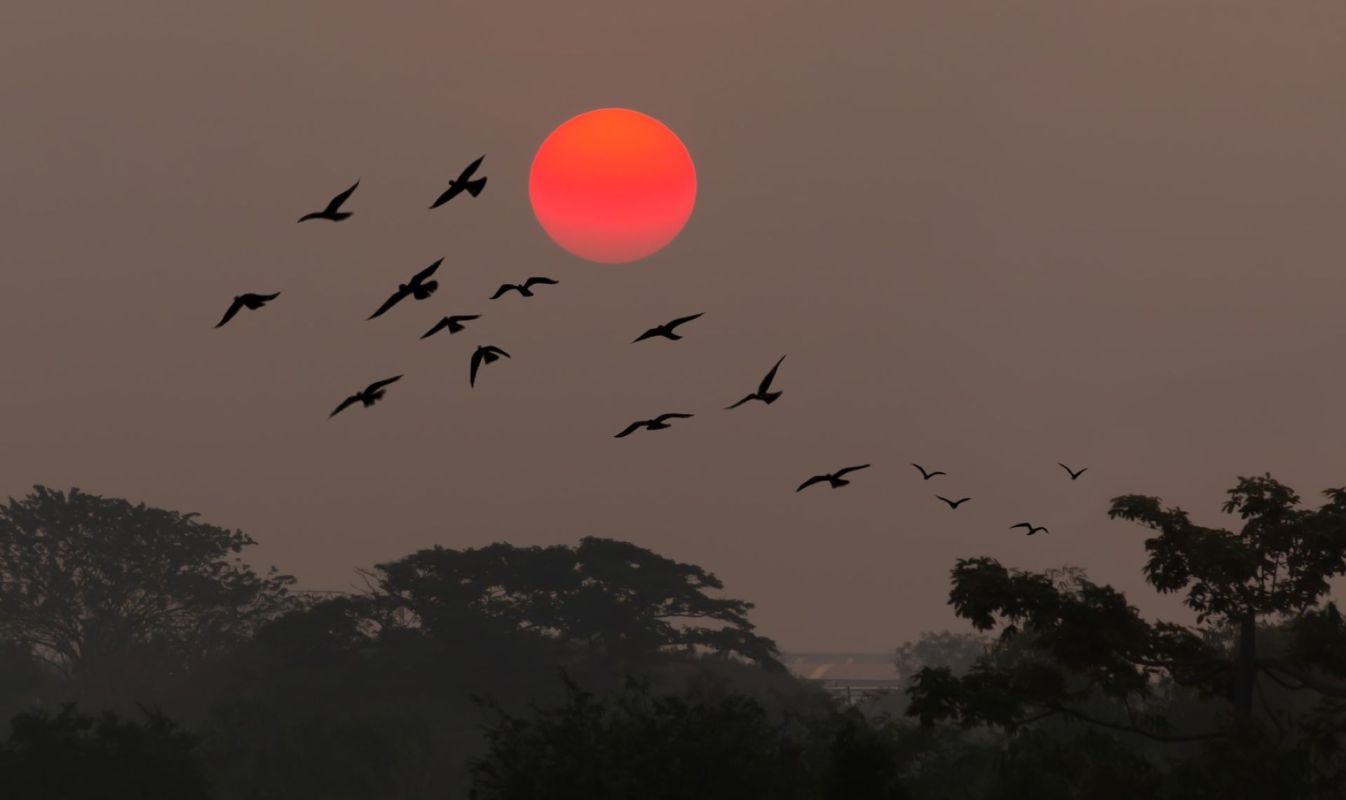Since the 1970s, bird enthusiasts have watched the skies empty and heard the birdsongs go silent as nearly 3 billion birds vanished in North America. Disturbed by the findings of an expansive body of research, scientists across the globe are sounding the alarm as half of the world's bird populations are in decline.
What's happening?
Found in every corner of the world from the snowy tundra of the Arctic to the lush rainforests of the Amazon, birds play a critical role in maintaining the delicate balance of their ecosystems. Robust and diverse bird populations advance pollination, help transport seeds, and fertilize the soil with their droppings.
Observing and cataloging these fascinating creatures has long been a popular hobby and an important source of data for researchers and conservationists. Thanks in part to citizen science reporting sites such as eBird, researchers have collected a wealth of information documenting the troubling decline of bird populations on nearly every continent.
Peter Marra, a conservation biologist and dean of Georgetown University's Earth Commons Institute, and his colleagues studied multiple bird-monitoring datasets and found a disturbing trend. Using different methods to estimate population changes, Marra told Knowable Magazine, "They all told us the same thing, which was that we're watching the process of extinction happen."
The canary in the coal mine
A recent article in the journal One Health explains that bird biodiversity benefits human health. Robust and diverse populations of birds contribute to pest control, naturally dispose of animal remains, and even drive tourism in some areas, notes the National Audubon Society.
Critically, birds serve as an important indicator of environmental distress, from alerting miners of dangerous gases in underground tunnels to illuminating the lethal consequences of insecticides like DDT. As bird populations dwindle due to habitat loss, volatile weather events, inconsistent harvests, the spread of intensive agriculture, and other threats, the loss ripples through the entire ecosystem.
The staggering drop in bird populations serves as a sobering signal of an urgent need to take action to avoid ecological collapse.
What can I do to help the birds?
Although the situation may seem dire, the news is not all bad. The tireless work of conservationists has restored numerous bird species from the edge of extinction, and populations of wetland species are increasing due in part to political action to protect their habitats. These stories of hope show that it is not impossible to reverse the decline.
In addition to supporting wide-scale change and devoting resources to protecting critical habitats, restoring the bird population can begin in your local community and even your own backyard. Take action at home by creating a bird sanctuary by growing native plants and providing safe spaces for birds to eat, rest, and reproduce. Join a birding organization and participate in bird data collection.
The knowledge shared across important crowd-sourced databases provides essential information to researchers on the state of birds.
TCD Picks » Upway Spotlight

Join our free newsletter for cool news and cool tips that make it easy to help yourself while helping the planet.














